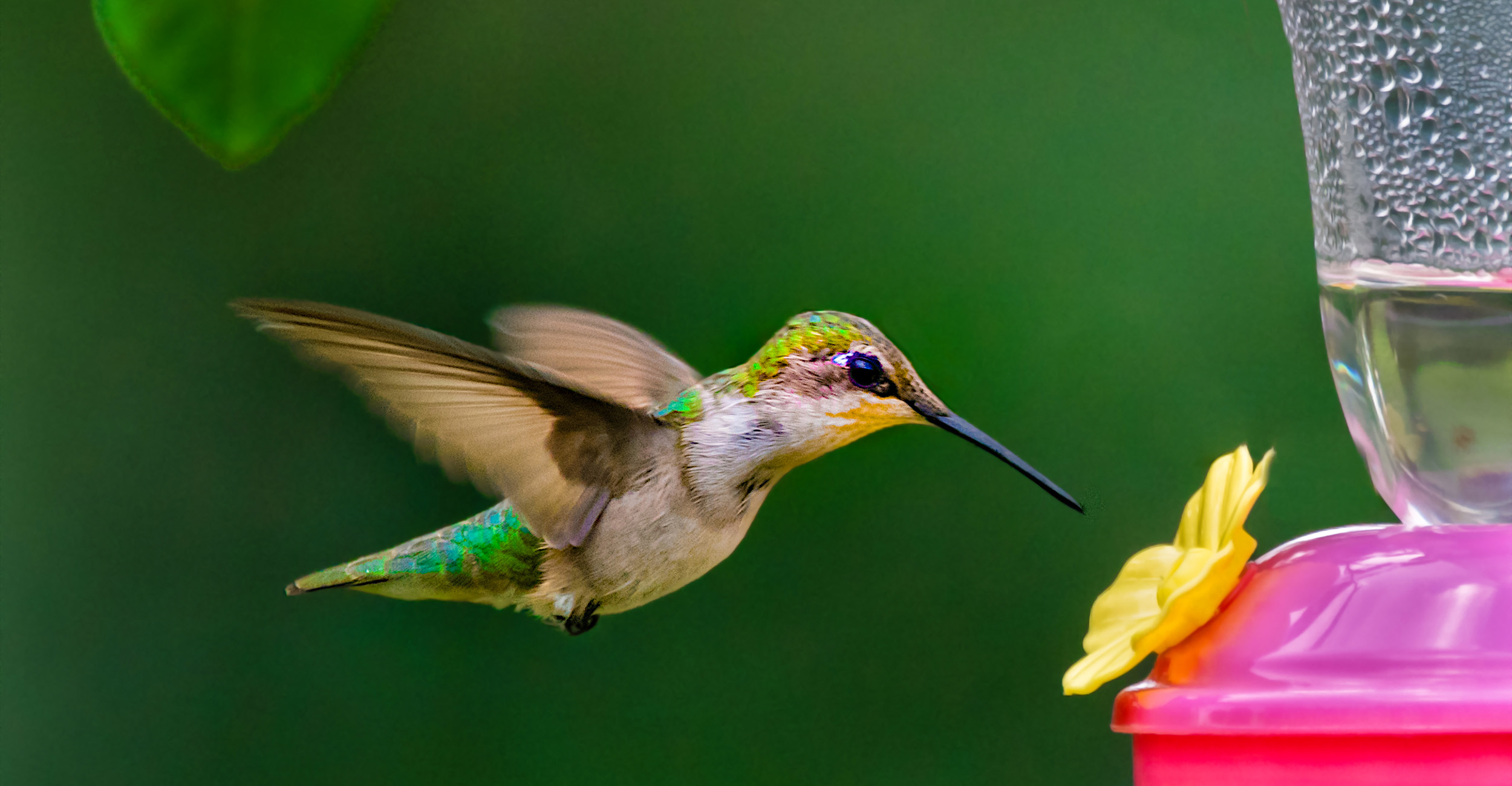
How to attract hummingbirds to the landscape
Monday, June 6, 2022
Media Contact: Trisha Gedon | Communications Specialist | 405-744-3625 | trisha.gedon@okstate.edu
Hummingbirds seem to have the precision, speed and appeal of a U.S. Air Force fighter jet, and these quick-winged feathered friends are fun to watch in the landscape.
Typically appearing in the U.S. from April through August, hummingbirds are the smallest of all bird species. But despite their tiny stature, hummingbirds play an important role in the ecosystem, said David Hillock, Oklahoma State University Extension consumer horticulturist.
“Hummingbirds are great pollinators. Besides the popular hummingbird feeders, gardeners can attract these birds to their yard with landscaping,” Hillock said. “Landscaping and gardening to purposefully attract birds is becoming increasingly popular. Plus, attracting birds near your home can help manage insect populations as well as maintain the ecological balance of outdoor environments. And birdwatching is a great family activity.”
What kind of plants do hummingbirds like? Bright, colorful flowers with places to perch are attractive to these birds. Flowers with tubular red and orange blossoms are good choices. Other options include milkweeds, trumpet vine, coral bells, honeysuckle, salvia, zinnia, azalea, bee balm, hosta and flowering currant.
“Hummingbirds require a constant and diverse supply of flowers to feed on from late spring through the fall,” Hillock said. “When selecting plants, try to make selections that will bloom throughout the season.”
For those who may not have space for a garden, installing a hummingbird feeder is an easy way to attract them to the area. These feeders are different than traditional bird feeders in that they hold a sweet, sugary drink the birds can access with their slender beak. Hillock said hummingbirds don’t have an acute sense of smell, so they rely on their eyesight to find food sources.
“These birds are attracted to bright, vibrant colors and floral patterns. If you’ve shopped for a hummingbird feeder, you’ve probably noticed they’re red. Using these feeders and incorporating red flowers and garden decorations will help entice the birds to your area,” he said. “Placing the feeder near plants will encourage the birds to feed from natural sources in addition to the feeder.”
While they do like the color red, the liquid inside the feeder shouldn’t be red. In fact, red dye can be harmful to hummingbirds. Consumers can purchase commercial nectar solution, or better yet, make their own using one part granulated white sugar to four parts boiling water. Allow the nectar to cool before filling the feeders. Don’t use honey or sugar substitutes.
Hillock suggests emptying and cleaning the feeders every few days, especially in warmer weather. Wash in a solution of 1 tablespoon of white vinegar and 1 cup of water.
Place the feeder close to a window to help in observing these little feathered creatures. Consider getting a bird book from the library to help young children learn more about ornithology.
OSU Extension’s Oklahoma Gardening television show also offers additional information on preparing hummingbird feeders.
